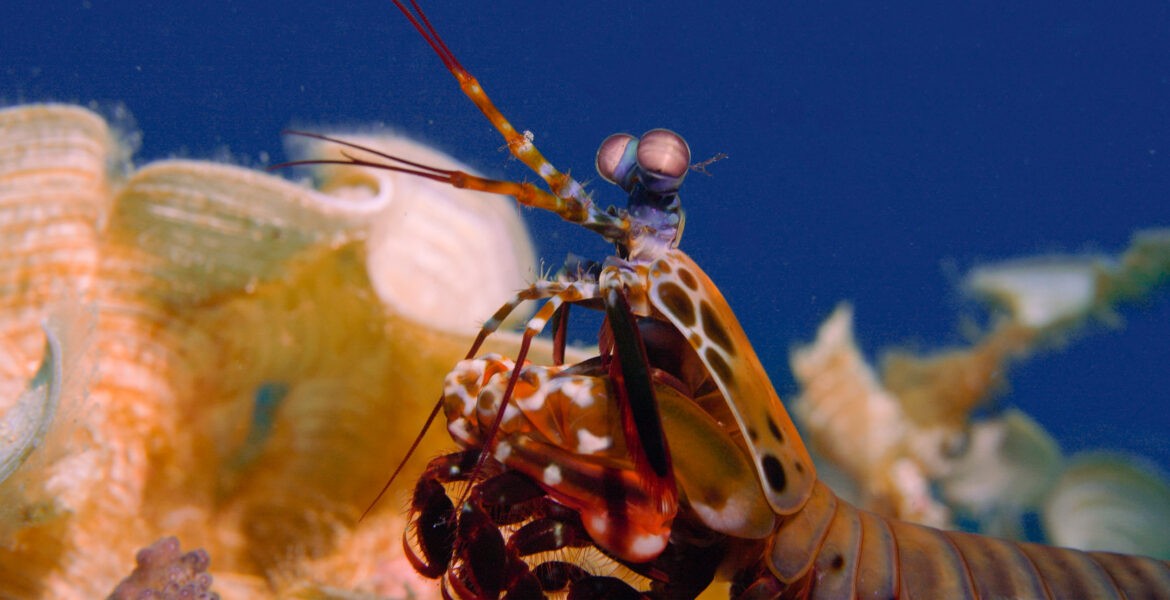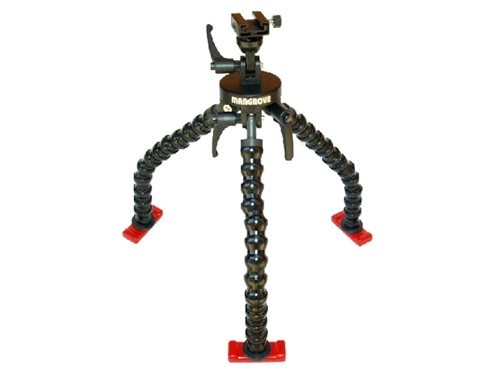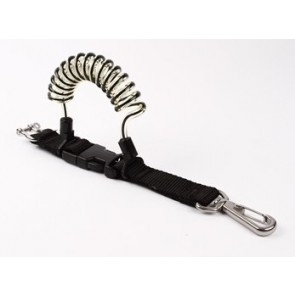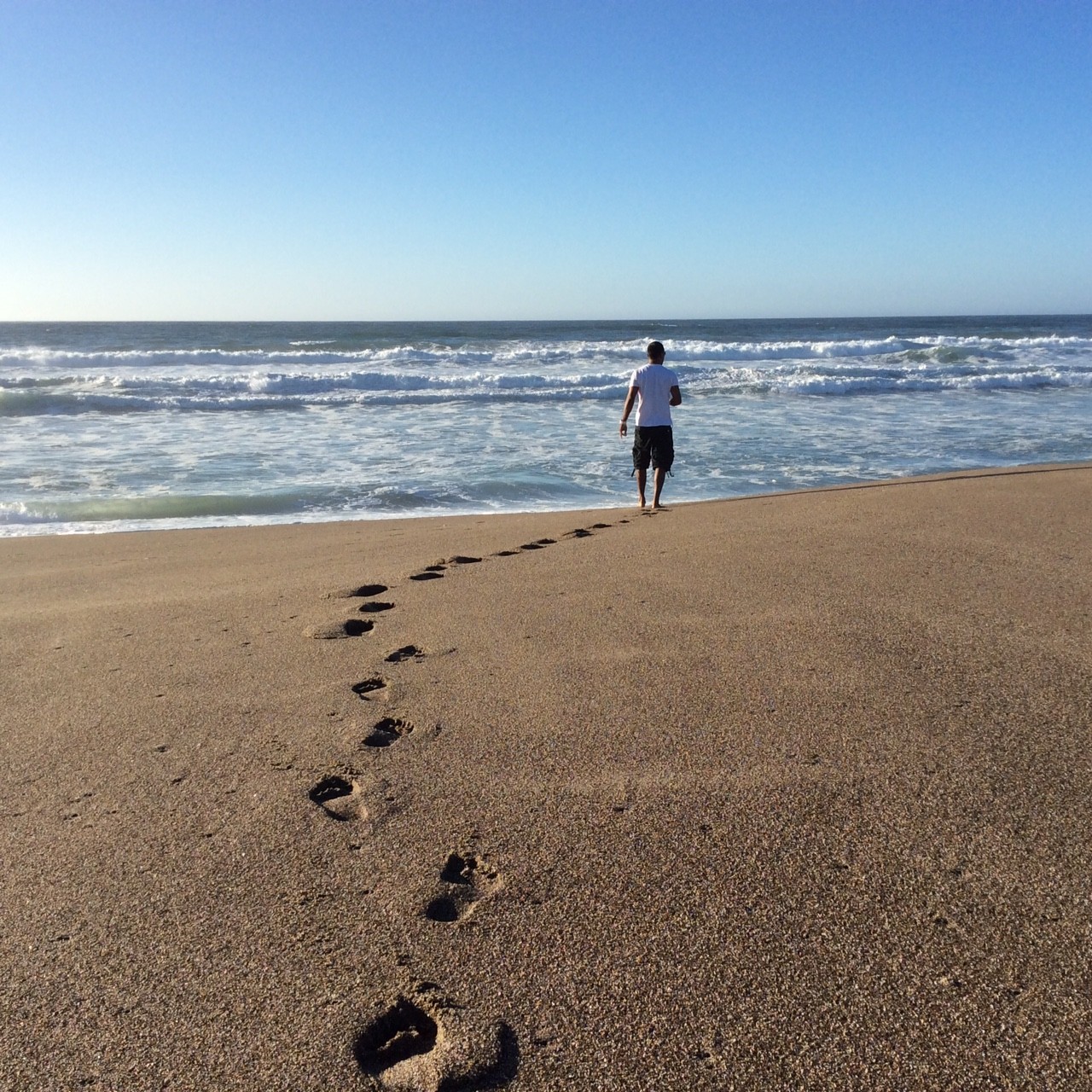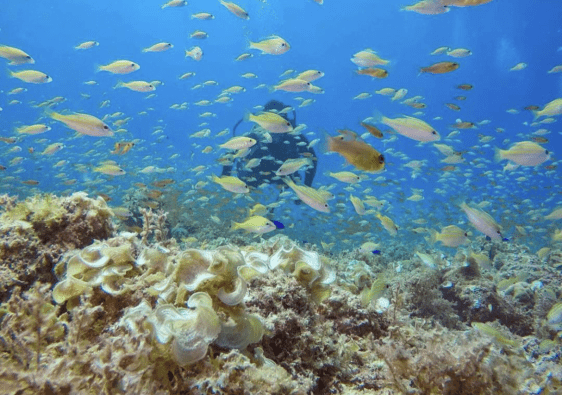Filming underwater is an art of its own. And I can assure you that as with any masterpiece in the making, getting the right habits from the start is essential. Whether you are filming with a GoPro or something bigger like the GH5 in a housing, the mistakes remain the same. I found myself doing those mistakes quite a few times before starting to correct them.
These top 10 beginner mistakes when filming underwater is a great reminder for you. Check them out and make sure to correct them on every dive.
1. Not checking your diving vitals
Let’s start with the most fatal mistake to make when filming underwater! Yes, that’s right. Forgetting to check your vitals. This is a much more common mistake than way may imagine. I have dove with some pros that not only forgot about theirs but also that of their dive buddy, me! This one often happens because of getting way too focused on the underwater filming process. Therefore, forgetting about the rest!
When filming underwater, it is essential for you to always have the following in check:
- Your dive buddy;
- Your deco time/dive time;
- The amount of remaining air;
- Your depth
I found that the best solution to properly have the above in check is to:
- Properly plan your dive with your dive buddy and have him always dive in your field of vision;
- Have a separate computer attached to your camera to always have it in your field of vision;
- Get in the habit of checking your air before and after filming underwater.
2. Chasing after wildlife
Chasing after wildlife is often due to sheer excitement or not wanting to miss a once-in-a-lifetime opportunity. It defies the point of filming when scuba diving! Marine life, in general, will disappear in a flash if they feel threatened. Thus, chasing them makes no sense. In the end, you’ll end up with a shot of the tail of the fish?
Moreover, chasing after wildlife can have a long-term negative impact on their behavior. This is often seen with sharks not returning to their usual habitat. So don’t do it! You won’t get a good shot and everyone will just hate you.
The best approach for filming marine life underwater consists of:
- Calm yourself and get your breathing in check;
- Take some time to analyze the situation;
- Plan the right direction of approach;
- Let the animal feel comfortable with your presence;
- Move-in slowly and calmly;
- Don’t get too close, let them get at ease.
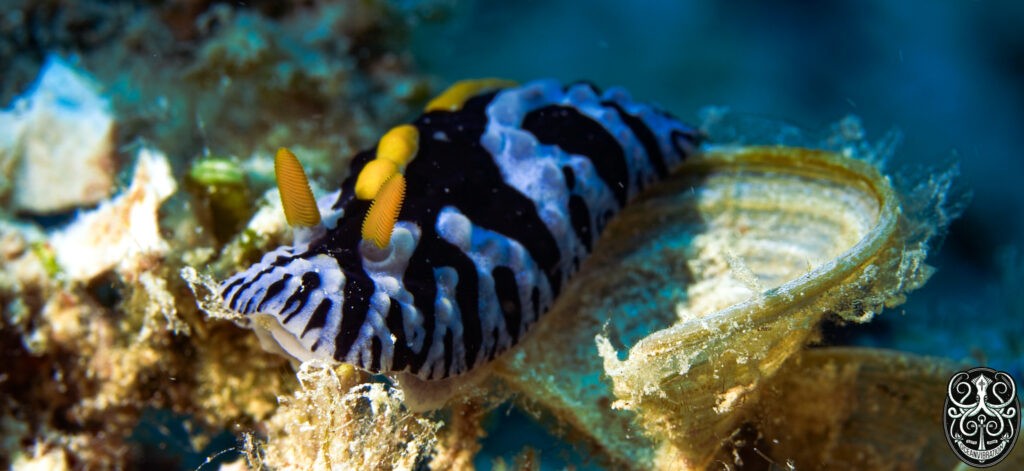
3. Laying on or holding corals when filming underwater
Corals grow only a few centimeters a year. And that’s not even taking into account global warming and ocean acidification! So yeah, corals don’t need even more weight on their shoulders, especially not yours. Moreover, no corals equal no fish; so make sure to keep them healthy.
The two main reasons and solutions for damaging underwater the marine ecosystem are:
- Underwater macro videos. This is where you need to position yourself in such a way as to get close to your subject. Most of the time that subject is on the reef. SOLUTION:
Solution: Get a tripod for your underwater camera setup. That paired with good buoyancy will allow you to get the best shots without damaging the corals.
- Stabilizing by holding or holding onto corals. You will see this most of the time when you have some current. And yes, it’s not acceptable. Underwater filming requires you to have top-notch scuba diving skills.
Solution: Take your time to practice your scuba diving skills before bringing your camera underwater, even a GoPro.
4. Picking up or moving marine life
I have seen it happen once and heard that it happens a lot with photographers. That is to pick up Nudibranchs in order to grab the best shot of them. This is totally unacceptable in my opinion. The amazing thing about diving in the ocean is that you never know what you will get. This defies the point.
Here, 3 things that will help you if nature wants you to grab that shot are:
- Patience: once you find your subject, wait for it to move in the right position;
- Creativity: instead of moving your subject, try to find a different angle for filming it underwater;
- Luck: self-explanatory.
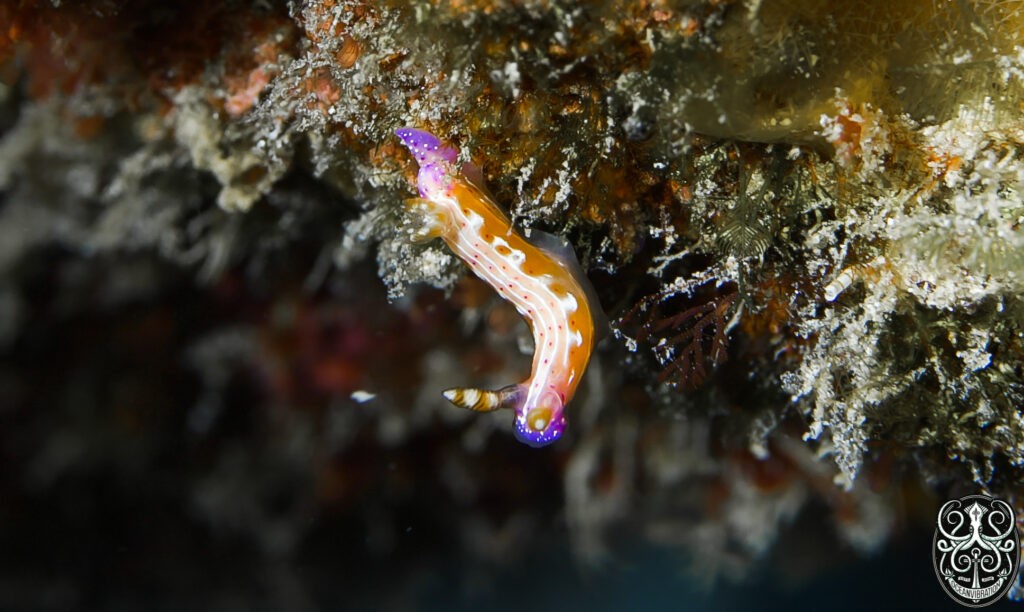
5. Not checking your camera battery and SD card before diving
OK, let’s be real here. I have done that myself twice! Once was not checking if my battery was actually charged. The other was simply not putting the SD card in the camera before leaving the house.
When you get to the point where you are addicted to filming, you’d rather end your dive than dive with a useless one. So those mistakes, which are easily avoidable, can ruin a dive outing.
Use those simple checks to avoid the above mistake:
- Extract your underwater footage after each dive and format your SD card. Then put it straight back in the camera;
- Recharge your batteries after each dive and reassemble your underwater camera the night before the dive;
- Before leaving the house, turn on your camera and record a 2-3 seconds video.
6. Forgetting to switch lights off when filming underwater
I believe that switching on your underwater video lights is a necessity for a great shot. Therefore, I do not think it should be added as an issue here. On the other hand, not turning your lights off can be one of the most common mistakes I see when scuba diving.
The issue that comes with not turning your lights off is that your batteries will die out. That means that you could be out of battery when filming some amazing underwater footage. It becomes even more of an issue when you have a second dive. You can then forget about getting anything decent.
So get in the habit of turning your lights off after each shot that you make.
7. Not setting ISO and white balance correctly
All cameras are different and thus I won’t write a guide about it here. But I do have a great guide about setting up your GoPro for filming underwater if you are using one.
By properly setting up your white balance, you will have the right color on your footage. You know that it is not set properly when your footage comes out blueish. You normally achieve the right white balance by using a white card or on the sand. Don’t forget to turn your lights on when doing so.
The camera’s ISO is in my opinion even more important to get right. The ISO represents your camera’s sensitivity to light. This is very important because the highest ISO means the highest sensitivity and will introduce graining. This can completely destroy your underwater footage, even in post.
8. Always filming the same static shot underwater
We are used to seeing the world from a standing point of view, so we want videos from a different angle. The same applies to underwater videos. Watching the same static shot point of view all the time quickly becomes boring.
That’s why you should consider alternating your shooting angles and adding movement to your shots. I find that the best stable movements are the ones where you let yourself move with the current. But that would normally be for fish and bigger subjects. For macro videos, you can always shoot from the side, the right, and the left depending on the situation.
9. Filming underwater from the wrong distance
The worst thing that can happen to you is to get back home and check your footage only to find out your subject is tiny on the screen! Yes, that happens a lot of times. SHooting in 4k+ resolution does allow you to crop in. But that often comes at the cost of quality.
The opposite also applies. You often get that when shooting in macro mode. You get so close and zoomed in on your subject that on post, there is nothing much that you can do with the footage!
To avoid those mistakes, you can simply follow those rules of thumb:
- Always shoot from far first. This will allow you to get a shot of the scenery in the first place;
- Shoot from a medium distance. You can use that shot for adding movement in post or to crop in if needed;
- Shoot 2 close-up shots. One with the subject fully in the frame and then another with the details like eyes etc.

10. Not securing your camera properly
Most times when I had to dive in headfirst or go beyond planned depth was due to someone losing their camera. Of course, the GoPros are first on the list. But I have also seen Nikon, Panasonic Lumix, and other brands in their shining housing sink to the bottom of the sea!
Don’t be a fool. Buy a lanyard!

